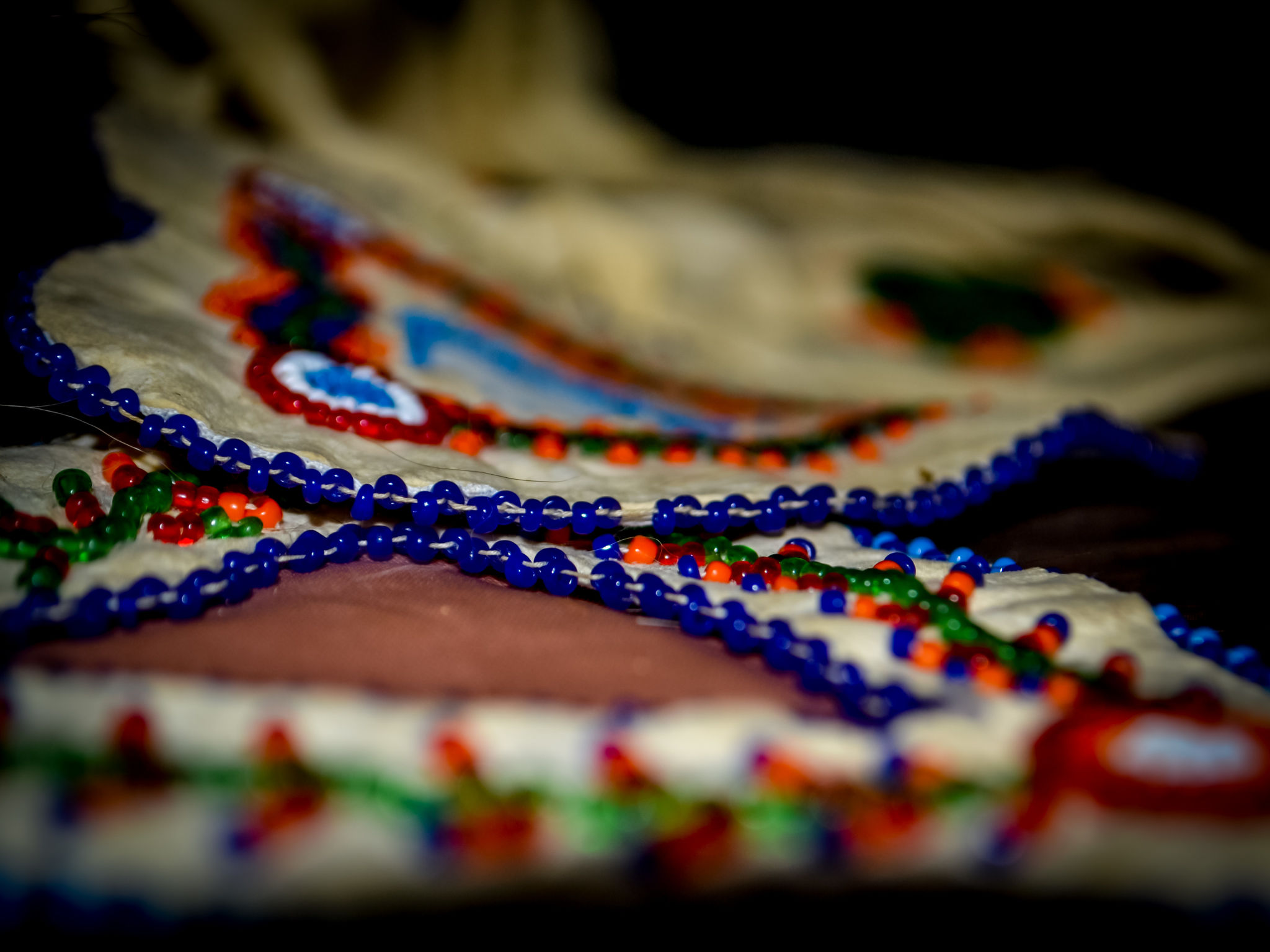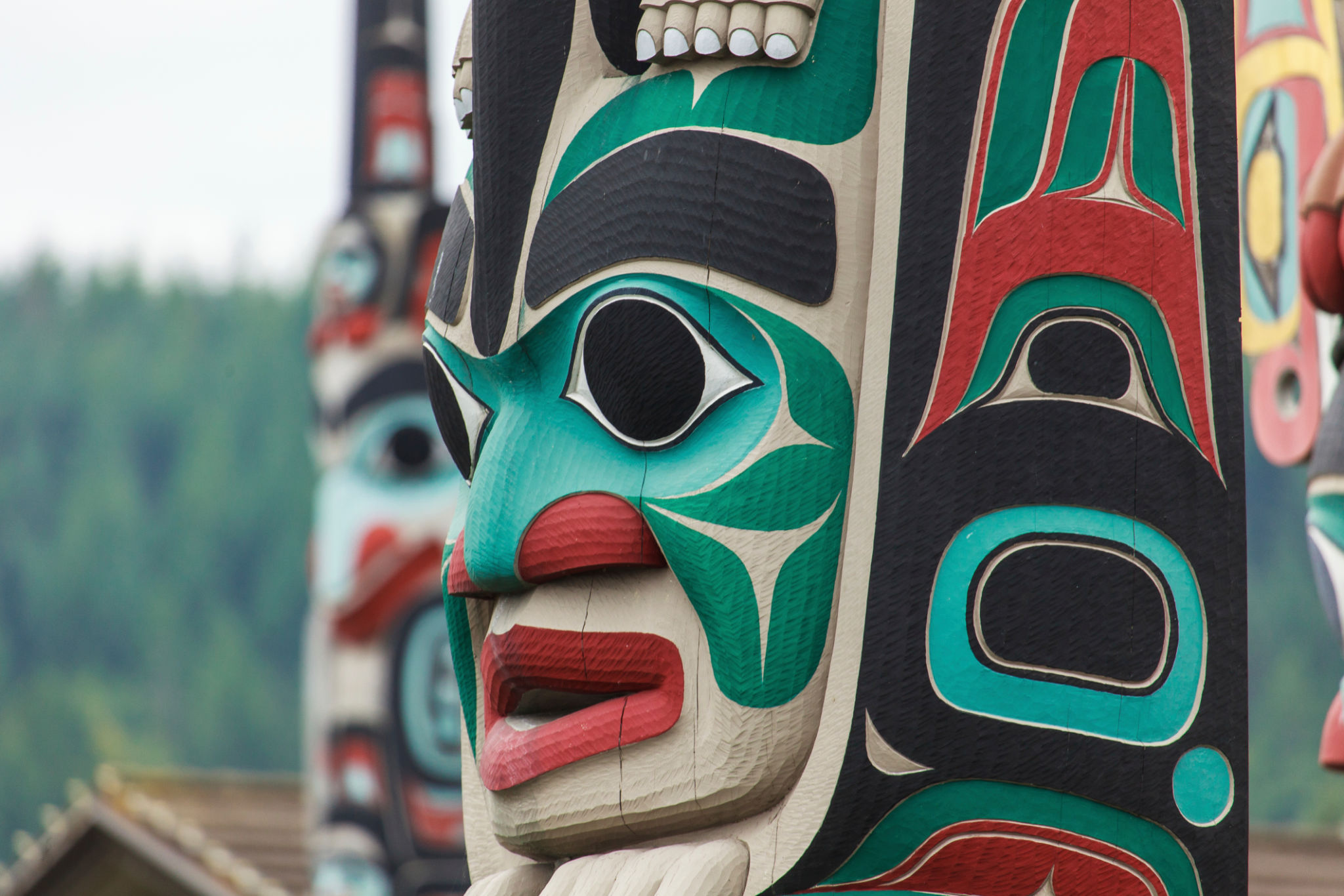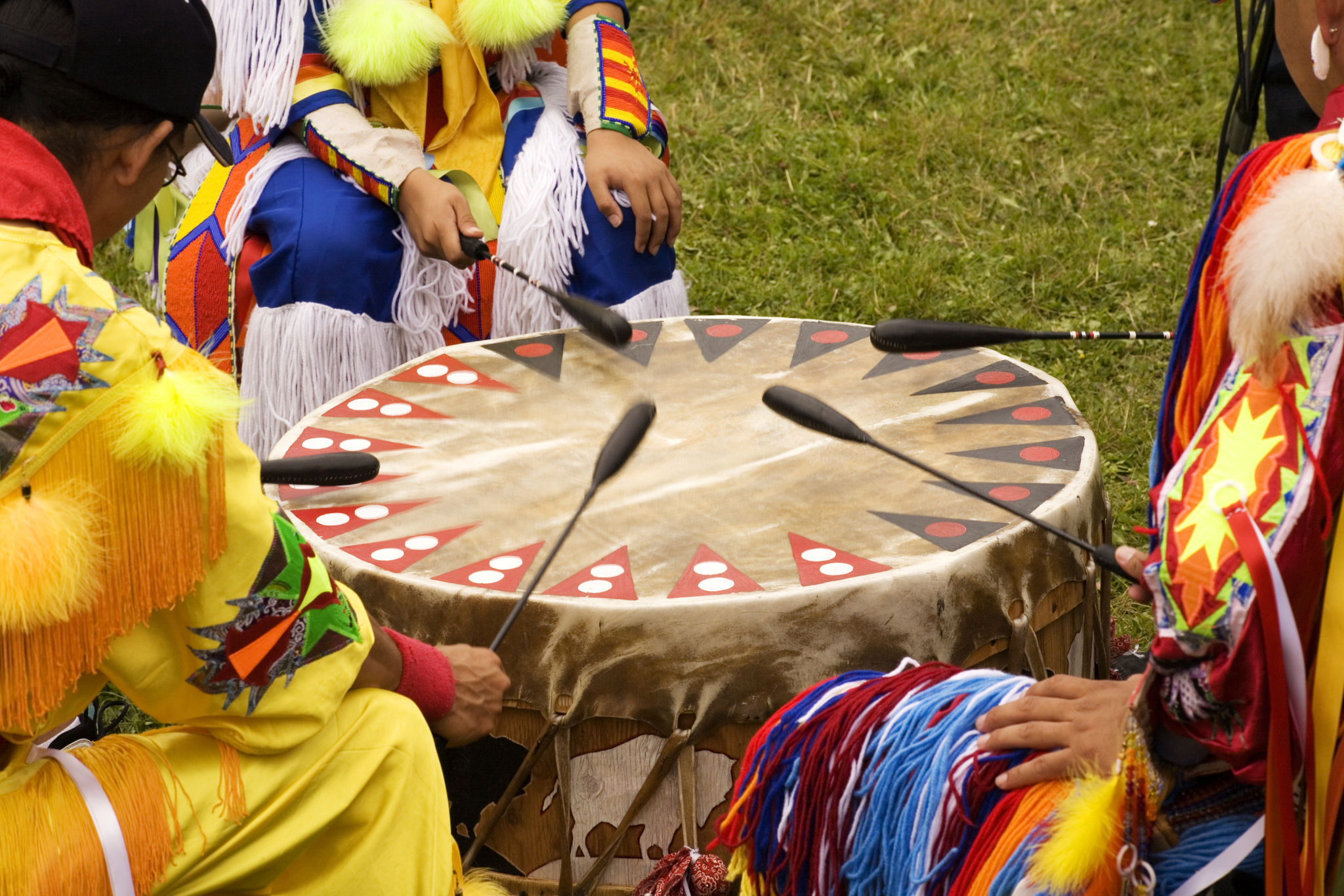A Beginner's Guide to Indigenous Art and Its Impact on Canadian Culture
Understanding Indigenous Art
Indigenous art is a vibrant tapestry of creativity and cultural expression, deeply rooted in the traditions and histories of Canada's First Nations, Inuit, and Métis peoples. This art form is not just about aesthetic appeal; it reflects the rich cultural heritage and stories passed down through generations. From intricate beadwork to expansive landscape paintings, Indigenous art captures the essence of identity, spirituality, and the natural world.
For those new to Indigenous art, it's essential to appreciate its diverse styles and mediums. Each piece tells a unique story, often reflecting the artist's connection to their community and environment. This art serves as a powerful tool for preserving languages, traditions, and historical narratives.

The Role of Symbols and Motifs
Symbols and motifs play a crucial role in Indigenous art. They often hold significant cultural meaning and are used to convey stories, beliefs, and values. Common motifs include animals, nature elements, and abstract shapes that represent spiritual concepts or clan affiliations.
Understanding these symbols can enhance one's appreciation of Indigenous artwork. For example, the raven is a common figure in many Indigenous cultures across Canada, often symbolizing transformation or trickery. Similarly, the bear may represent strength and courage.

Impact on Canadian Culture
Indigenous art has significantly influenced Canadian culture by fostering a greater understanding of the country's diverse cultural landscape. It challenges viewers to reflect on historical contexts and contemporary issues faced by Indigenous communities. This art form encourages dialogue and reconciliation through visual storytelling.
Moreover, Indigenous art has gained recognition in mainstream galleries and exhibitions, showcasing the talent and resilience of Indigenous artists. This visibility helps promote cultural appreciation and respect across Canada.

Preservation and Continuation
The preservation of Indigenous art is vital for sustaining cultural heritage. Many communities actively engage in teaching younger generations traditional art forms to ensure their survival. Workshops and art programs have become integral in passing down these skills and stories.
Organizations and initiatives also play a significant role in supporting Indigenous artists by providing platforms for exposure and connecting them with broader audiences. These efforts help protect the integrity of Indigenous art while allowing it to evolve with contemporary influences.
Exploring Indigenous Art
If you're interested in exploring Indigenous art further, consider visiting local galleries or cultural centers that feature Indigenous artists. Engaging with their work can offer fresh perspectives and deepen your understanding of Canada's rich cultural tapestry.
Additionally, online resources and virtual exhibitions have made it easier than ever to access Indigenous artwork from anywhere in the world. These platforms provide valuable insights into the diversity and innovation present in contemporary Indigenous art.

Supporting Indigenous Artists
Supporting Indigenous artists is crucial for sustaining their creative endeavors and cultural contributions. When purchasing artwork, seek out authentic pieces directly from artists or reputable galleries that ensure fair compensation for their work.
By supporting Indigenous artists, you contribute to the preservation of cultural heritage and empower communities to continue sharing their stories through art. It is an investment not only in beautiful artwork but also in cultural sustainability.

